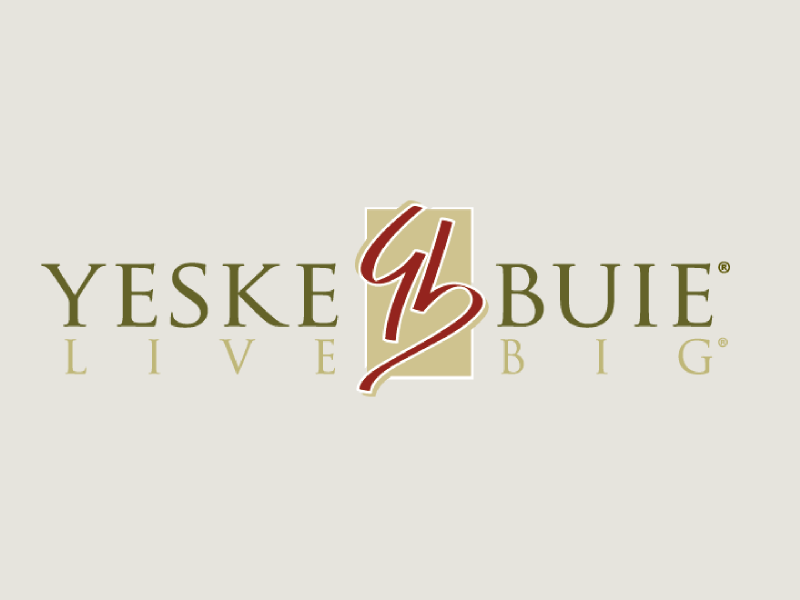Next Big Issue: Heir Rights

By Jane Bryant Quinn
Q: After my husband died, I called Charles Schwab for the forms I needed to liquidate his $33,600 IRA and roll the proceeds into an IRA at a bank. But the so-called distribution-election form that I received allows only for a rollover to a new Schwab account. I attached the bank’s form, showing where I wanted the money to go, but Schwab ignored it. It took six weeks and many frustrating phone calls to get my money moved, during which time I lost $711. I think Schwab should pay me back.
Eloise Hills, Schenectady, N.Y.
A: Warning to all brokerage firms: Mrs. Hills is the canary in the coal mine. When the big boomer generation inherits, it won’t put up with poor systems and standard forms that lead them wrong.
When heirs call Schwab about an IRA, they’re sent a package that includes Schwab’s own rollover form. They get no printed information about how to handle a rollover to another institution. Schwab spokesperson Morrison Shafroth says that Hills should have sent just the bank’s form plus a letter of instruction, without filling in the Schwab form, too. Schwab’s phone rep apparently should have explained this. Hills says he didn’t.
Shafroth says that Hills should have called back for help. Hmmm–so people are supposed to know they should doubt what Schwab sends out? Wrong approach, guys; time to rethink.
Shafroth also says that the bank form Hills sent wasn’t specific enough about the rollover (it looked specific to me), but concedes that Schwab should have called her to clarify. It canceled a $67 commission for liquidating her stocks but wouldn’t make up the $711. Hills says she was patronized by a Schwab rep, who told her that she’d lost money because stocks fluctuate. “Of course they do,” she says. “Why do they think I wanted the account moved promptly?”
Q: I’m 26, working full time, but thinking of going back to school. I recently inherited $154,000–about 60 percent in a stock portfolio and 40 percent in bonds and a money-market checking account. I know I should make that money work harder, but am not sure what to do.
Name Withheld
A: I turned over your question to planner Karl Graf of Graf Financial Advisors in Wayne, N.J. Here’s his suggestion:
School money: You want safety, not risk. Put the first-semester cost, plus some emergency cash, into a money-market fund. The cost of later semesters could go into bank certificates of deposit, each one maturing when you’ll need the money.
The stock portfolio: For you, he advises no-load, stock-owning mutual funds. They’re efficient and professionally managed. Sell your individual stocks through a discount broker (he uses TD Waterhouse), then redeploy the money into a diversified mix of funds: big stocks, small stocks, international stocks, emerging markets and real-estate companies.
The bond portfolio: Unlike some advisers, he thinks even young investors could benefit from a small position in bond funds. Bonds reduce your portfolio’s overall risk.
“Don’t underestimate the risk of investing in stocks,” Graf says. The superreturns of recent years have made us incautious, but the chance of poor returns hasn’t gone away.
Q: Given that mutual funds are not federally insured like banks, is there a maximum one should invest with any one fund company?
Alvin Ludwig, Berkeley, Calif.
A: No maximum, says planner David Yeske of Yeske & Co. in San Francisco. Each fund’s assets are held by an independent custodian such as a bank or trust company. There’s an investment advisory agreement between the fund and the company that manages the money. If the management company went broke, the fund would lose its adviser. But your stocks and bonds would still be snugly held by the custodian and couldn’t be reached by the fund company’s creditors.
None of this insures you against bad investment decisions. But put the bankruptcy worry out of your mind.
Q: We have a small (40-person) manufacturing company, and started a 401(k) plan in 1998. But all the plans we reviewed had 5 percent front-end loads and high expense ratios. The one we picked has also performed poorly. We’d like to go with Vanguard, but it administers only larger plans. Is there a way to invest in Vanguard funds while having someone else administer the plan?
Peter Accorti, Talan Products, Cleveland, Ohio.
A: Vanguard wants $3 million before it will administer a 401(k). But many firms do record-keeping for smaller plans. Pacific Century Trust in Honolulu, for example, might charge you $1,900 to $3,660 a year, depending on the services you want. That’s $48 to $92 for each of your employees. Vanguard is one of the fund families available. Pacific’s top price includes trust accounting and forms and statements; also, an 800 number and Internet access for checking daily balances and making changes in accounts.
Alternatively, Vanguard accepts small profit-sharing plans where the employer pays. If you’ll consider other mutual funds, T. Rowe Price in Baltimore offers a starter 401(k), including complete administration, for $2,800 a year plus $28 per person. For you, that would come to $3,620. Do I hear another bid?
